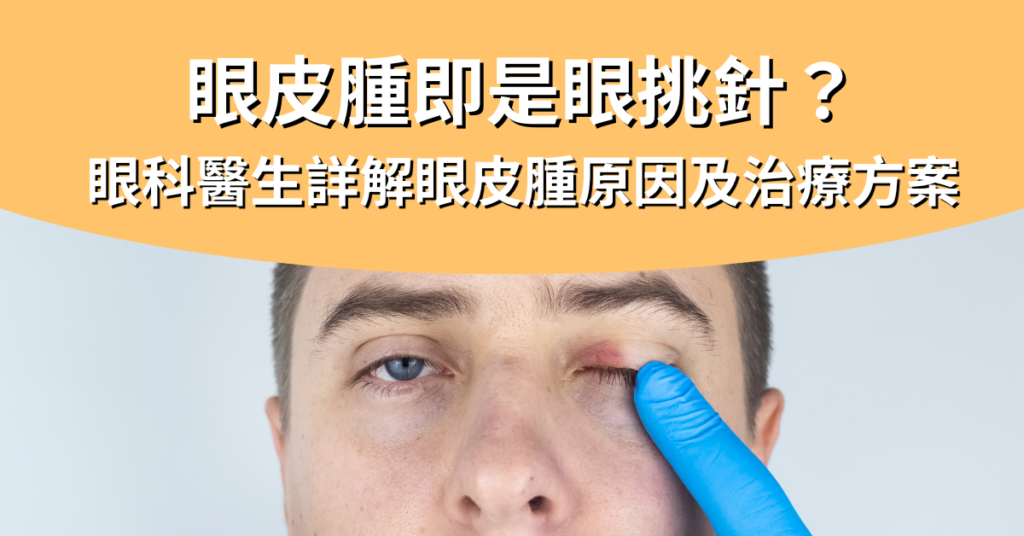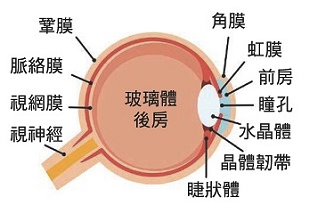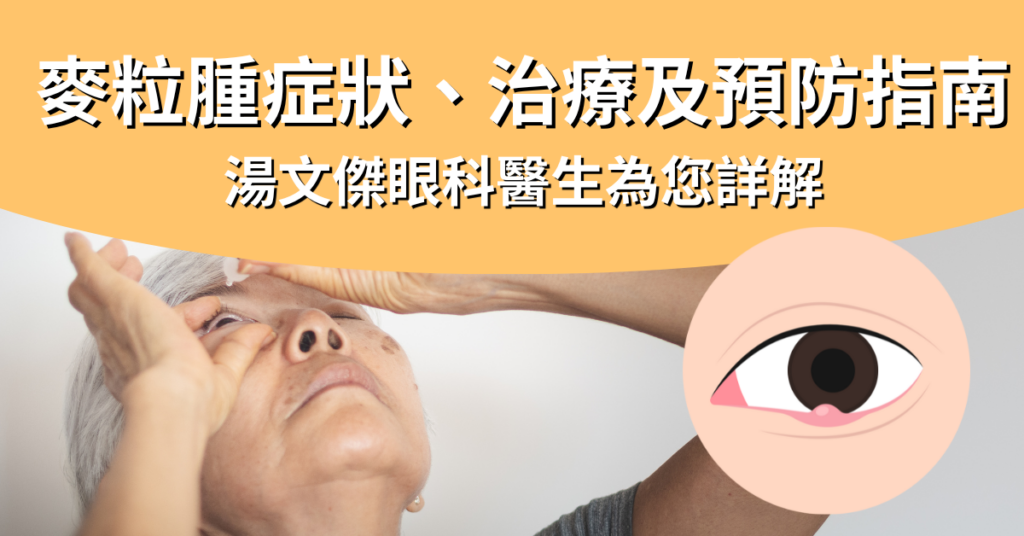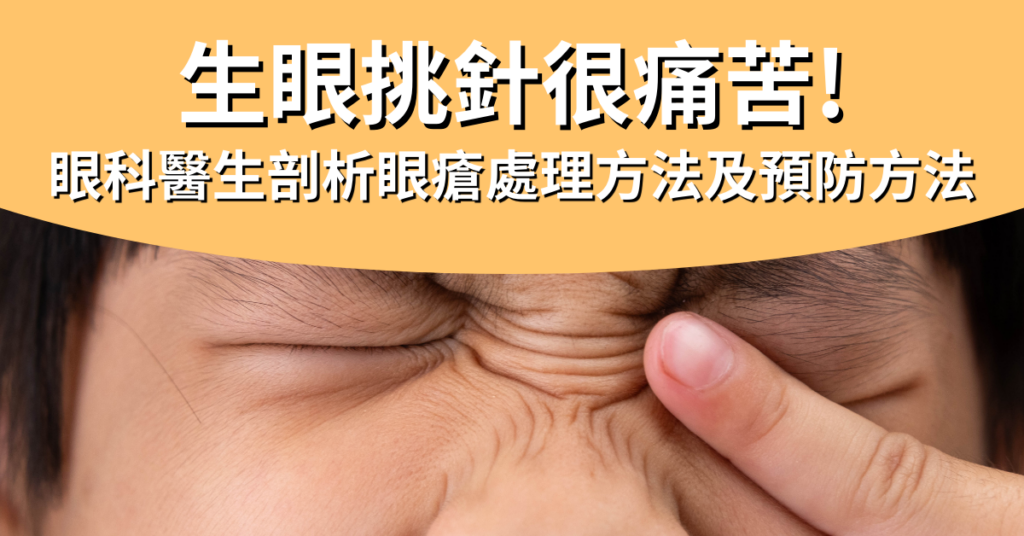Peeping into someone else's bath will cause eye sores/eye needles? How long do symptoms take to get better? Is it possible to recover by applying ointment on your own? Or do you want to see an ophthalmologist for eye sores/eye needles? I believe that many people will have similar questions, especially the most want to know, once sick, how long will eye sores / eye needles be good? Before answering these questions, we need to understand the pathogenesis.
Causes of eye sores/eye needles
Eye sores, commonly known as eye needles, are medically called "styes". Eye sores/needles usually occur near the meibomian glands and can cause redness and swelling of the eyelids. The main cause of eye sores/needles is excessive oil secretion of the meibomian glands, resulting in blockage of the glands, coupled with the lack of attention to eye hygiene on weekdays, which causes bacterial infections.
In addition, if the patient often develops eye sores/needles, it may also be because the hair follicles of the eyelashes are blocked by mites. These tiny creatures can live at the roots of eyelashes, and when they grow in large quantities, they can lead to inflammation and the accumulation of pus, eventually forming eye sores/eye picks. So in fact, it is not formed because of peeking at other people's baths.
To prevent eye sores/needles, daily eye care and cleansing are very important, especially for people who wear makeup frequently, be sure to remove makeup thoroughly and avoid sharing makeup and makeup tools with other people as much as possible. If eye sores/needles are almost intolerant and tend to occur, an ophthalmologist should be consulted to ensure that the sores/needles condition is managed appropriately.
Characteristics and symptoms of eye sores/needles
Eye sores/needles grow in different locations and correspond to different names, namely "external styes" and "internal styes". The sebaceous glands that grow on the more superficial eyelashes are external styes; The internal styes grow in the deep meibomian gland, because the pus point is on the inside of the eyelid, so the inflammation time will be longer.
At the beginning of the disease, there is only a slight foreign body sensation, and it will not be painful to the touch, and such symptoms will heal themselves as long as they rest more and apply appropriate heat. However, if there is a bacterial infection with eye sores/needles, the following symptoms will occur:
眼挑針症狀
1. Symptoms of eye sores/eye needles
- Slight redness and swelling of the eyelids
- Minor itching and dandruff
- There is a foreign body sensation
- A scratching sensation when blinking
2. Severe symptoms of eye sores/eye needles
- The eyelids are visibly red, swollen, enlarged, and even affect the field of vision
- Pain, eyelids accompanied by slight warmth
- The foreign body sensation is heavy
- Transient astigmatism is present
If persistent swelling and pain are found, an ophthalmologist should be consulted immediately for eye sores/needles.
How are eye sores/needles treated?
Some patients try to pluck the affected area with a needle and squeeze the pus out when dealing with eye sores/needles, but this may cause bacterial infection, causing the wound to become inflamed or recur again, or causing cellulitis or even brain infection. Therefore, doctors do not encourage patients with eye sores/needles to be treated in this way. If you find that you have eye sores/needles, you should consult an ophthalmologist. Usually, when doctors treat and treat eye sores/needles, they will provide appropriate treatment recommendations according to the severity of the patient.
1. Mild eye sores/eye needles
To deal with mild eye sores/eye pick-and-needles, as long as you pay attention to eye hygiene, you can try to warm towels and "hot eggs" to warm the compress to make the eye sores/eye pick-needles subside on their own, the method is to boil the eggs, do not need to peel the shell, wrap them in a gauze towel, gently massage the eyes, apply 4 to 5 times a day, each time for 15 minutes, the blocked oil will melt and push out, but also reduce the blockage of the hair follicles by the oil, this method of eye sores / eye picks needles will be good without a few resistances.
However, if you find that the eye sores/needles are too painful, it is recommended to seek help from a doctor who will also prescribe some steroids or antibiotics according to the eye sores to help reduce inflammation and prevent infection.
2. Severe eye sores/eye needles
If you notice that the eye sores/needle are still inflamed and do not improve, the doctor will recommend that the person with eye sores/needle pick needle inject corticosteroids to remove the lump. However, this medication whitens the surrounding skin and is not optimal for dark-skinned people, so doctors may recommend minor surgery to remove eye sores/needles. This type of surgery is fairly simple and the wound is minimal, and there is no scarring on the appearance. If eye sores/needles still occur frequently in the same area after surgery, doctors will send the tissue to a laboratory to rule out cancer, but usually lumps on the eyelids are benign and harmless.
How good is eye sore/eye needle?
As for eye sores/eye needles, it depends on the severity of the patient. Generally speaking, mild eye sores/eye needles should be patient and wait a few days to get better, and the swelling will slowly subside; Severe patients need to be more patient, and eye sores will not improve until almost 2 weeks. If eye sores/needles are treated with resistance, they will get better in almost a few days and the course of the disease is expected to be shortened.
Whether it is a mild or severe patient, when dealing with eye sores/eye needles, the most important thing is to seek medical attention in time, and be patient to wait a few days to see if it will improve, self-treatment of eye sores/eye needles is not recommended, because this will cause more problems, resulting in the final eye sores/eye needles are almost more patient first will improve, recover, then may even take more than a whole month to recover.
Are eye sores/needles contagious?
In general, eye sores/needles are not contagious by themselves. However, if you do not treat eye sores/needles in time, which can lead to the growth of bacteria or hair follicle mites, there is a risk that it may be transmitted to the other eye or to others through contact. Sharing towels, pillows, or cosmetics with people increases the risk.
Will eye sores/eye needles be almost intolerant and often recur?
Anyone who has long sores or needles knows that the feeling is not only quite uncomfortable, but sometimes directly affects the appearance. Although this is not an emergency, it is definitely the biggest problem for some people, because eye sores/eye needles are almost intolerant and often recur. To prevent and prevent recurrence of crises, the most important thing is to start with hygiene, diet and preventive treatment.
- Pay attention to hygiene: keep your hands clean, especially before touching your eyes; Also avoid touching your eyes with your hands and wiping your eyes with unclean towels
- Healthy work and diet: reduce staying up late and let the eyes fully rest, in order to effectively regulate the oil secretion of the meibomian glands; Reduce the consumption of fried or spicy foods to reduce the chance of inflammation in the body
TREATMENT TO PREVENT RECURRENCE IS MORE EFFECTIVE IN PATIENTS WHO HAVE RELAPSES THAT ARE ALMOST INTOLERANT TO EYE SORES/NEEDLES, AS THEY KILL PARASITES, ARE ANTI-INFLAMMATORY, AND ANTIMICROBIAL. TAKING IPL (INTENSE PULSED LIGHT) AS AN EXAMPLE, IPL HAS PHOTOBIOREGULATORY FUNCTIONS, EFFECTIVELY STIMULATES CELL MITOCHONDRIA AND PROMOTES CELL HEALTH. TREATMENT WITH ANTIBIOTICS CONTAINING TETRACYCLINE OR MACROLIDES CAN HELP WITH ANTI-INFLAMMATORY AND BACTERIOSTATIC TREATMENT.
If not properly managed, eye sores/needles may be tolerant and often recur after a few months, or cause other more serious eye problems. Therefore, if there is eye sore/needle picking, it is best to seek an ophthalmologist to manage eye sores/eye needles.
#眼瘡 治療 #眼蒼 #眼挑針 眼瘡 #眼瘡藥膏








原因及治療方法-1024x536.png)


